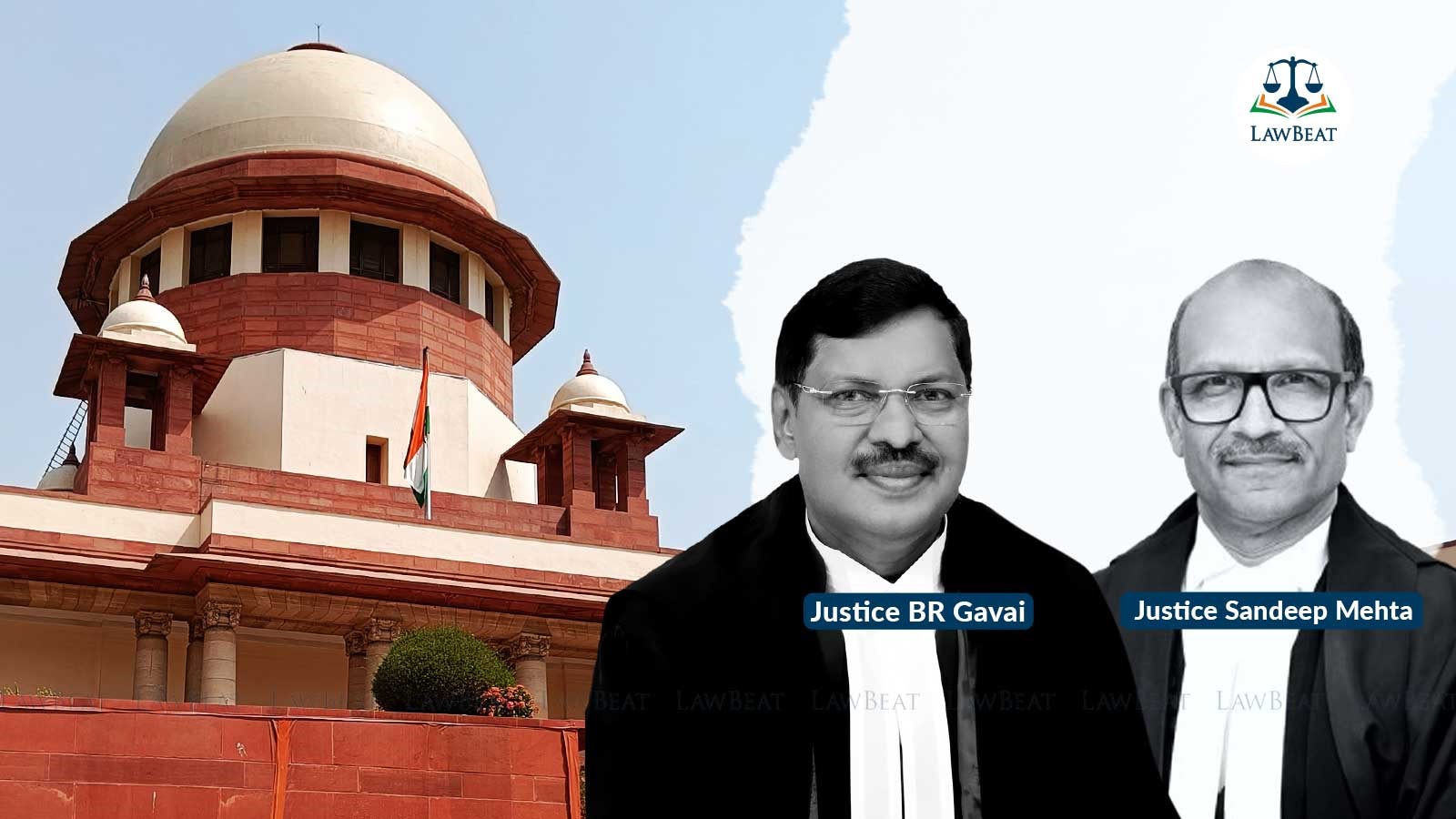Discovery of dead body only on disclosure statement: SC acquits three of murder

SC bench said prosecution utterly failed to prove discovery of the dead body was only on the basis of disclosure statement made by accused persons under Section 27 of Evidence Act
The Supreme Court has set free three men of charges of murder, saying the prosecution has utterly failed to prove any of the incriminating materials against them in the case based on circumstantial evidence.
A bench of Justices B R Gavai and Sandeep Mehta said the chain of circumstances in such cases must be so complete that it leads to no other conclusion than the guilt of the accused persons, which is not so in the present case.
In the case, the court noted witnesses knew about death and discovery of body prior to statement under Section 27 of the Indian Evidence Act.
According to the prosecution, the accused had strangulated the deceased in December, 2011 and disposed of the body after stuffing it in a jute sack. The trial court convicted them and the High Court confirmed the judgment.
The court pointed out it is settled law that suspicion, however strong it may be, cannot take the place of proof beyond reasonable doubt. An accused cannot be convicted on the ground of suspicion, no matter how strong it is. An accused is presumed to be innocent unless proved guilty beyond a reasonable doubt.
In the case, the bench noted, the prosecution case basically relied on the circumstance of the memorandum of the accused under Section 27 of the Indian Evidence Act, 1872 and the subsequent recovery of the dead body from a pond.
For bringing the case under Section 27 of the Evidence Act, the court said, "It will be necessary for the prosecution to establish that, based on the information given by the accused while in police custody, it had led to the discovery of the fact, which was distinctly within the knowledge of the maker of the said statement. It is only so much of the information as relates distinctly to the fact thereby discovered would be admissible".
Referring to 'State (NCT of Delhi) Vs Navjot Sandhu alias Afsan Guru (2005), the bench said the prosecution will have to establish that, before the information given by the accused persons on the basis of which the dead body was recovered, nobody had the knowledge about the existence of the dead body at the place from where it was recovered.
The court also pointed out that the rationale behind this provision is that, if a fact is actually discovered in consequence of the information supplied, it affords some guarantee that the information is true and it can therefore be safely allowed to be admitted in evidence as an incriminating factor against the accused.
However, going through the statements of prosecution witnesses, including brother of the deceased, the court said their statements would clearly reveal that the police as well as these witnesses knew about the death of Dharmendra Satnami occurring and the dead body being found at Bhatgaon prior to the statements of the accused persons being recorded under Section 27 of the Evidence Act.
"We therefore find that the prosecution has utterly failed to prove that the discovery of the dead body of the deceased from the pond at Bhatgaon was only on the basis of the disclosure statement made by the accused persons under Section 27 of the Evidence Act and that nobody knew about the same before that," the bench said.
The court also found that the evidence of the Investigating Officer would also not bring the case at hand under the purview of Section 27 of the Evidence Act as he has failed to state as to what information was given by the accused persons which led to the discovery of the dead body.
"The evidence is also totally silent as to how the dead body was discovered and subsequently recovered. We find that therefore, the evidence of the IO would also not bring the case at hand under the purview of Section 27 of the Evidence Act," the bench said.
The court allowed the appeal and set aside the judgment of January 2, 2023 passed by the High Court and the judgment of February 5, 2013 by the trial court.
